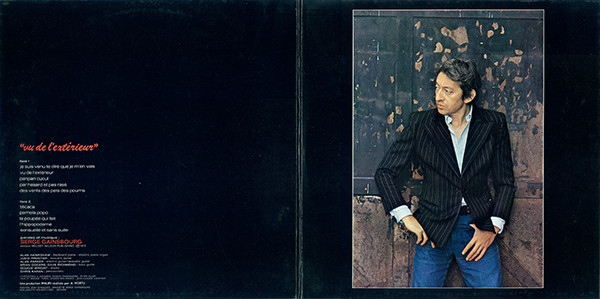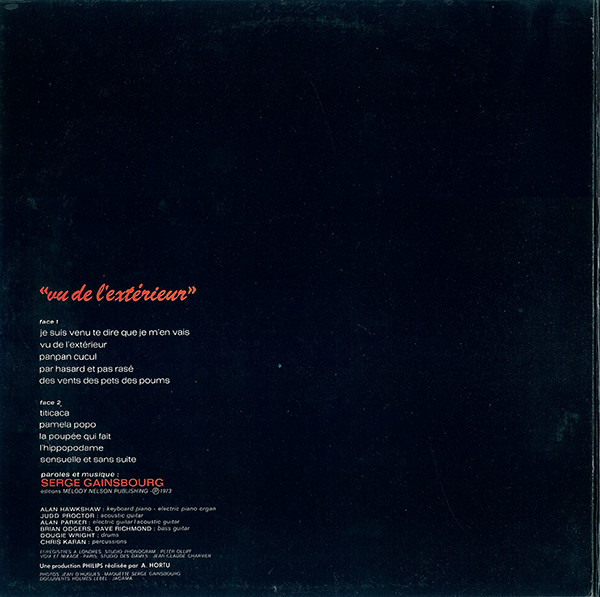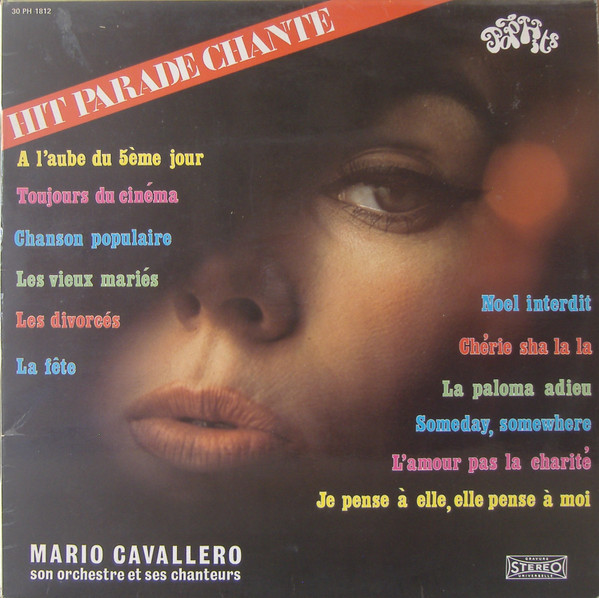By continuing your navigation on this website, you accept the use of cookies for statistical purposes.





Serge Gainsbourg
Vu De L'Extérieur
Released in 1973 on the Philips label, Vu de l’extérieur is the ninth studio album by Serge Gainsbourg. Less orchestrated than his previous conceptual masterpieces like Histoire de Melody Nelson (1971), this album marks a return to a more raw, rock-influenced form, while retaining his unmistakable voice and provocative spirit. Behind its apparent playfulness lies a strange, subversive, and often disconcerting record, mixing scatology, tenderness, sexual obsession, and biting social satire.
Recorded after a major heart attack in early 1973, Vu de l’extérieur can be seen as a kind of artistic rebirth for Gainsbourg. The trauma seems to inform the entire album, which revolves around the human body — its most primal functions: sex, digestion, guts, urges, death. Yet it’s never crude for the sake of being crude; Gainsbourg turns the base into the poetic, the disgusting into the fascinating.
Musically, the album moves between psychedelic rock, French pop, jazz, and orchestral arrangements.
Upon its release, the album puzzled critics and divided listeners. Too weird for fans of traditional chanson, too tame for those expecting more blatant provocation. But in retrospect, Vu de l’extérieur stands as one of Gainsbourg’s most personal, ambiguous, and fascinating works. An "organic" record, visceral, humorous, and despairing one that still deserves to be heard with fresh ears today.
A1
Je Suis Venu Te Dire Que Je M'En Vais
A2
Vu De L'Extérieur
A3
Panpan Cucul
A4
Par Hasard Et Pas Rasé
A5
Des Vents Des Pets Des Poums
B1
Titicaca
B2
Pamela Popo
B3
La Poupée Qui Fait
B4
L'Hippopodame
B5
Sensuelle Et Sans Suite





